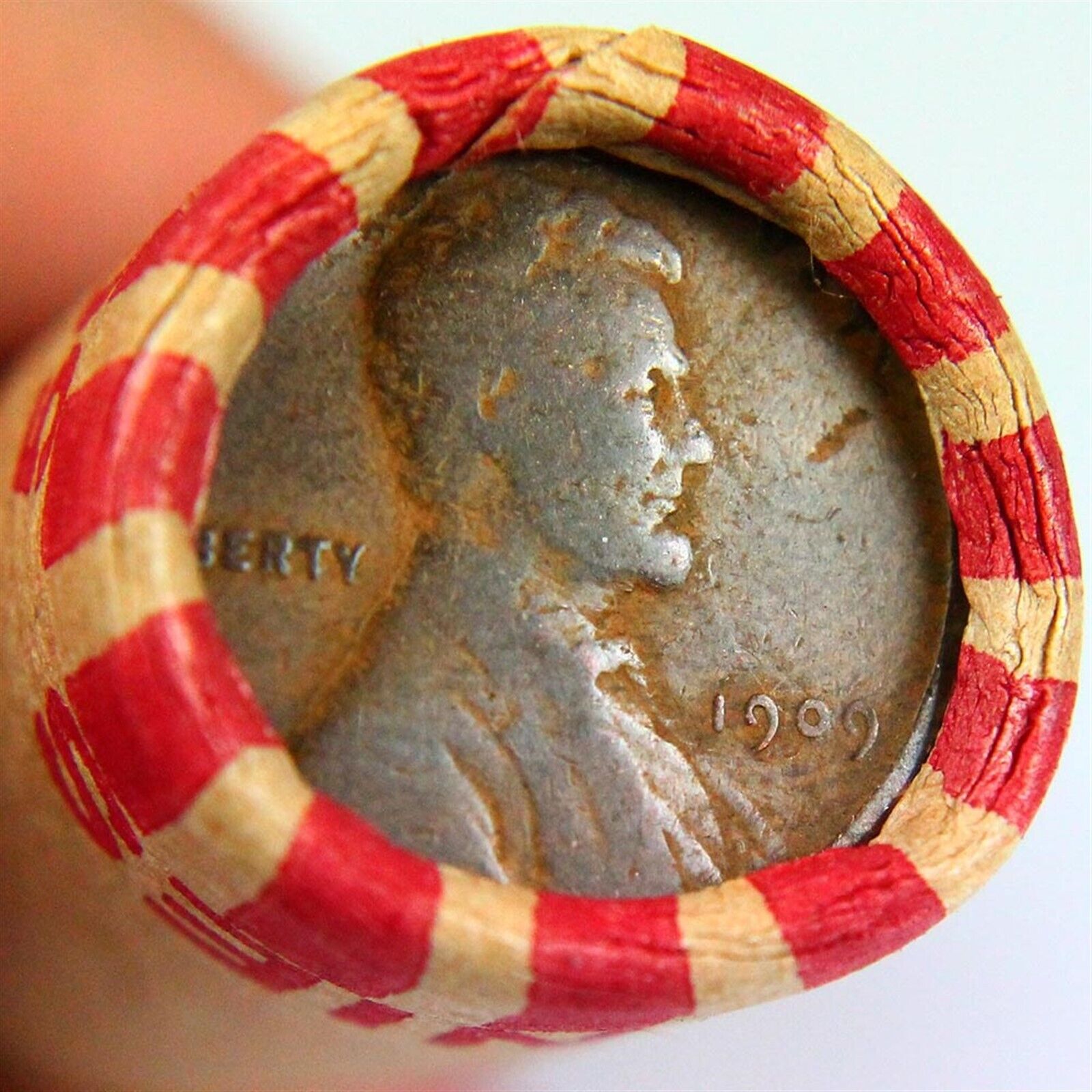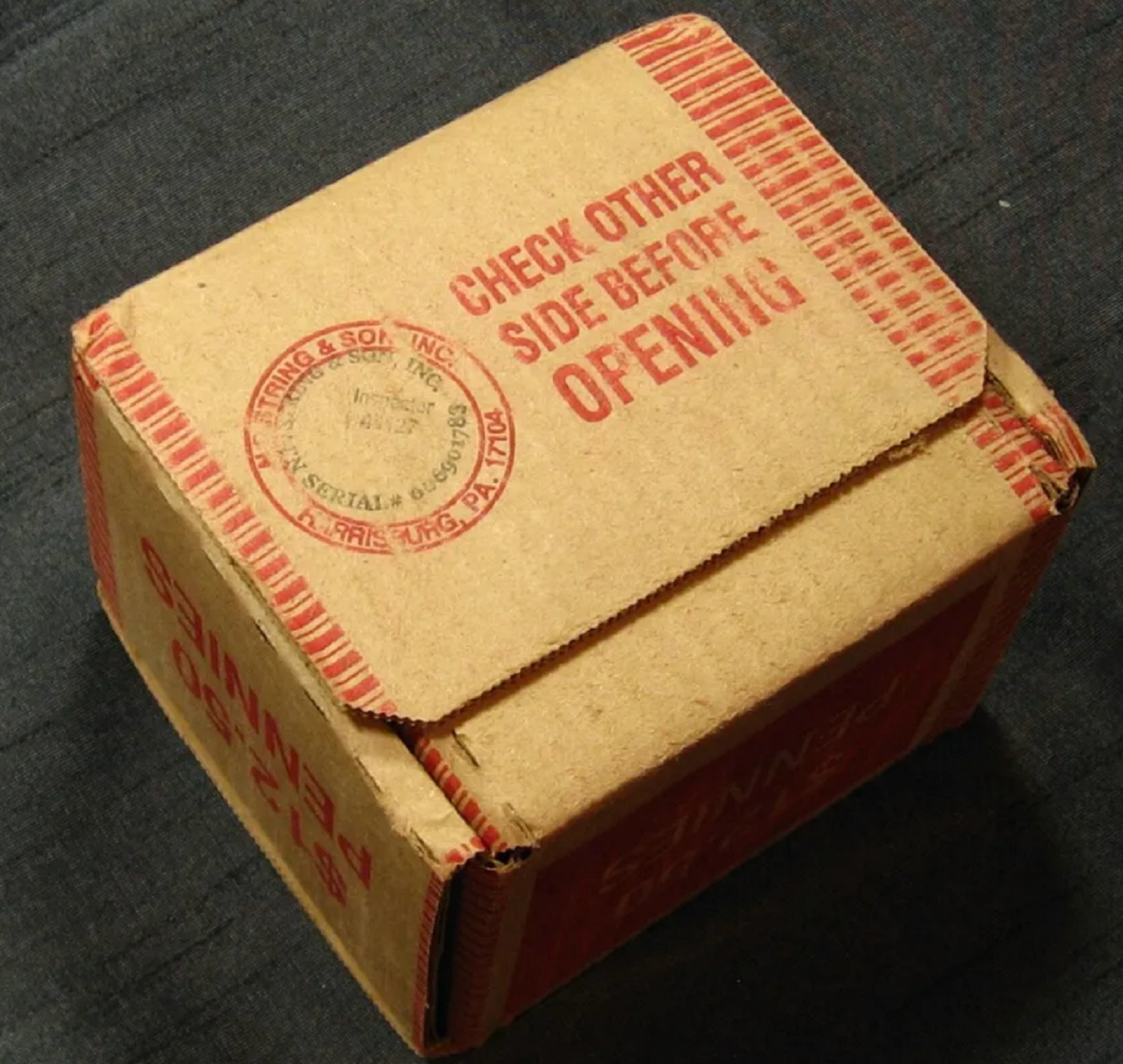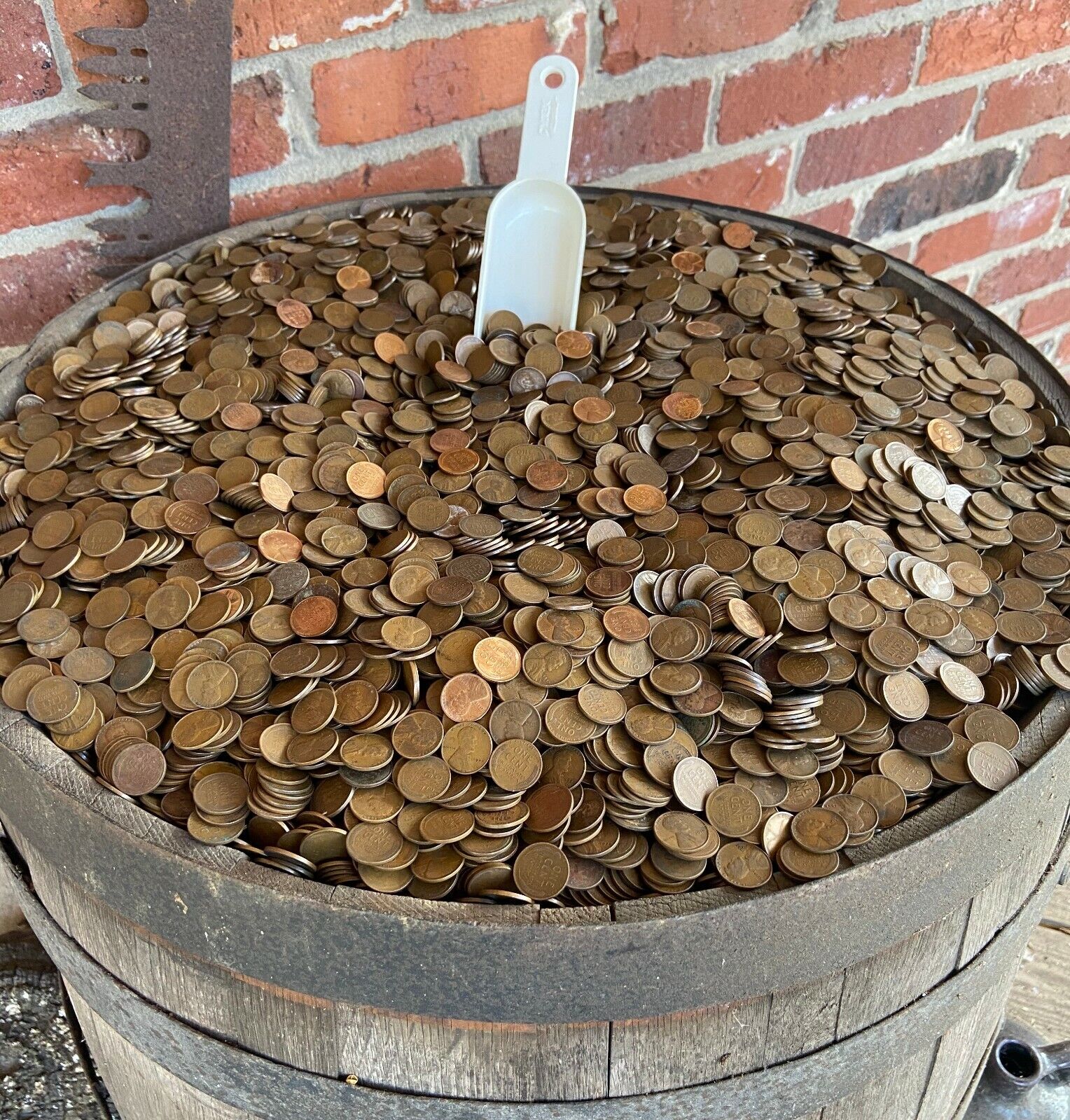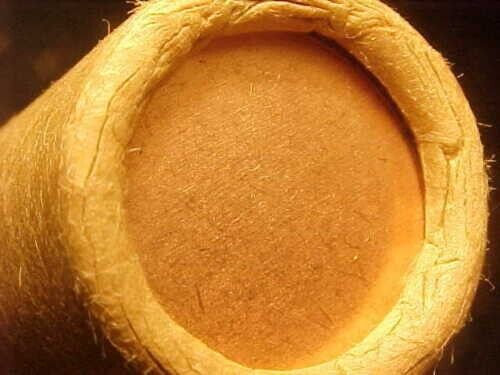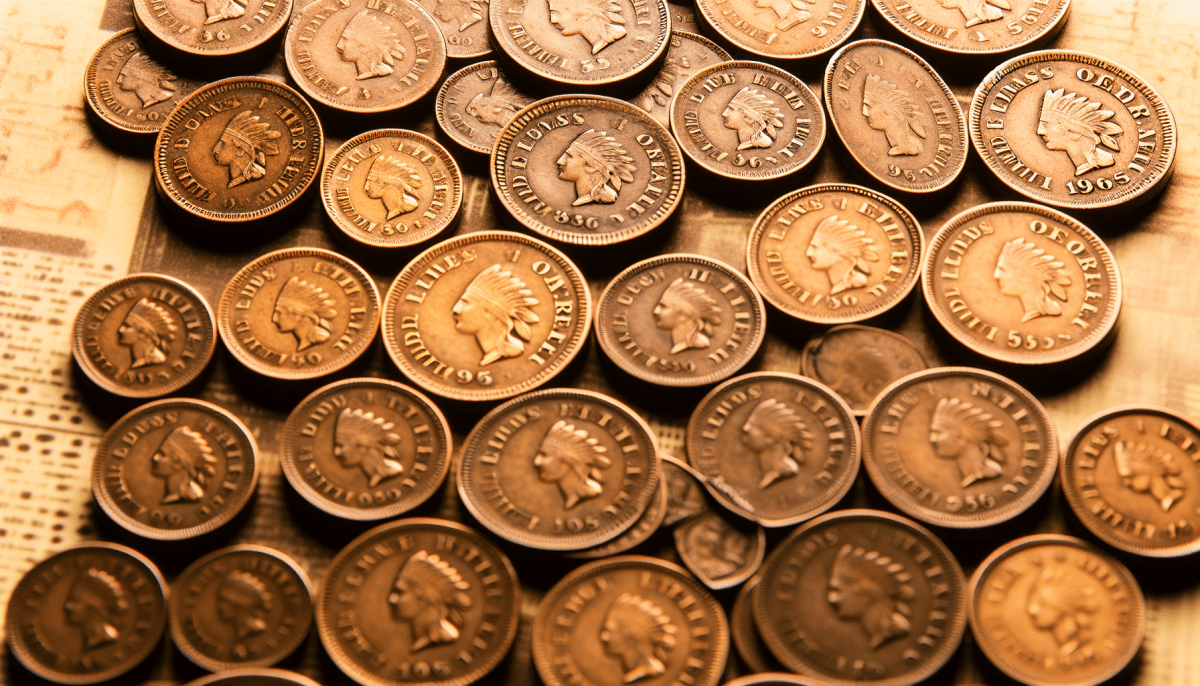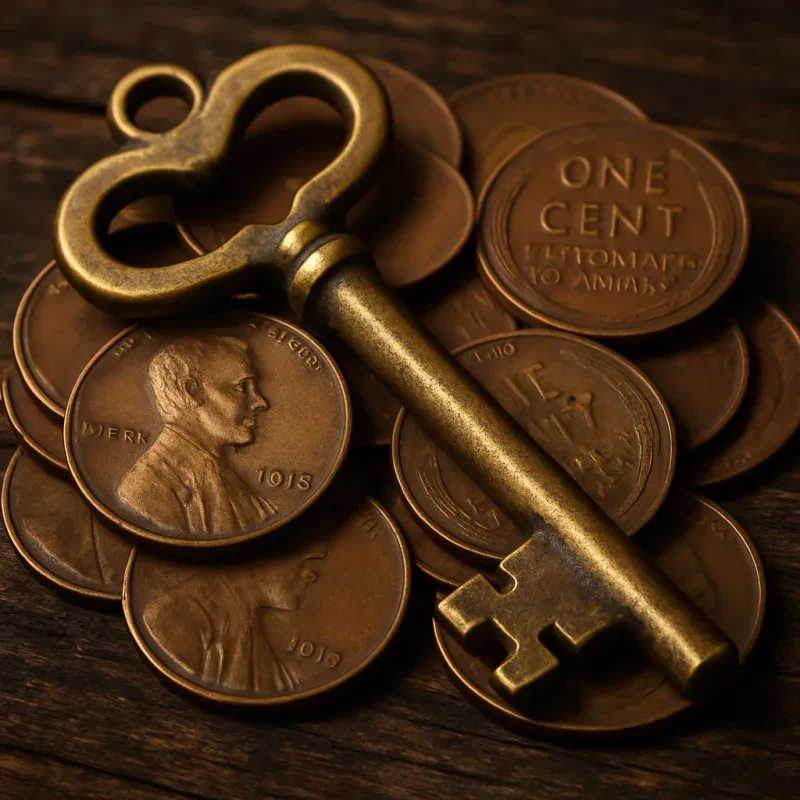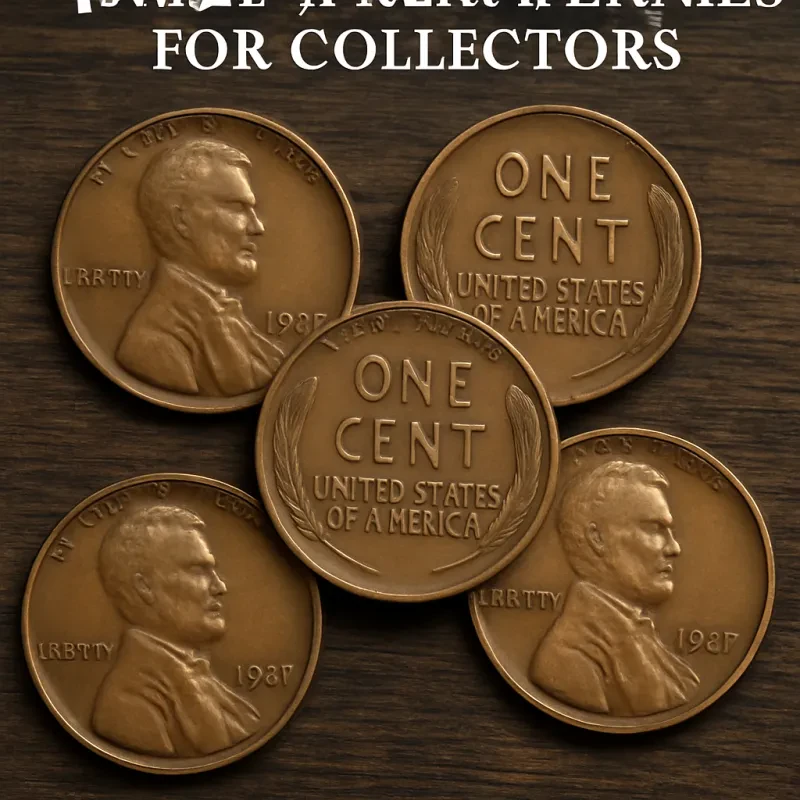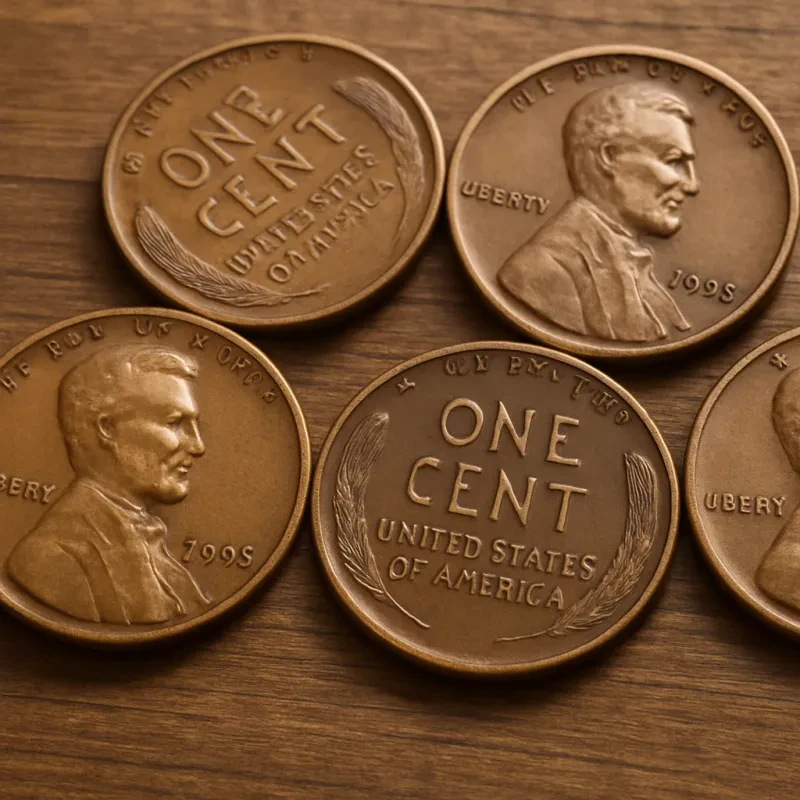The Comprehensive Guide to Indian Head Pennies: A Collector's Dream
The Indian Head penny, a cornerstone of American numismatics, stands as a testament to the rich history and artistry of United States coinage. First introduced in 1859, this iconic coin series offers a glimpse into the evolving landscape of American currency design and production techniques. For collectors, the allure of assembling a complete set of Indian Head pennies is not just a pursuit of rarity and historical significance but also a journey through the evolution of American numismatics. This detailed guide explores the production years, mints, and the most valuable specimens within the Indian Head penny series, providing essential insights for both novice and experienced collectors.
The Dawn of the Indian Head Penny
The Indian Head penny was minted from 1859 to 1909, bridging the gap between the pre-Civil War era and the early 20th century. Designed by James Barton Longacre, the U.S. Mint's Chief Engraver at the time, the coin featured the left profile of Lady Liberty wearing a feathered headdress, hence the misnomer "Indian Head." The reverse initially showcased a laurel wreath, which was replaced by an oak wreath with a shield on top in 1860.
The series was struck at two primary mints:
- Philadelphia Mint (No mint mark): The main facility produced Indian Head pennies throughout the entire series from 1859 to 1909. It is important to note that coins minted in Philadelphia do not bear a mint mark.
- San Francisco Mint (S mint mark): A smaller number of Indian Head pennies were produced here in 1908 and 1909, making them particularly desirable for collectors. These coins can be identified by the 'S' mint mark located below the wreath on the reverse side of the coin.
Key Years and Mintages
While every Indian Head penny carries a piece of history, certain years and mintages stand out due to their rarity, condition, or historical context. Collectors often seek specific key dates and mint marks that represent significant milestones or scarcities in the series:
- 1877: Known as the king of the Indian Head series, the 1877 penny is exceptionally rare due to its low mintage. This year is a must-have for serious collectors.
- 1908-S and 1909-S: These are the only two years when the coins were minted in San Francisco, marked by the 'S' mint mark. Their limited production numbers contribute to their higher value and desirability.
The Most Valuable Indian Head Pennies
While condition and rarity play crucial roles in determining the value of any coin, several Indian Head pennies are particularly sought after for their numismatic worth:
- 1877 Penny: With one of the lowest mintages in the series, an 1877 Indian Head penny in good condition can fetch tens of thousands of dollars at auction.
- 1909-S: Being the final year of the series and one of the two years minted in San Francisco, the 1909-S commands significant premiums, especially in higher grades.
- 1864 L on Ribbon: This variety features a small 'L' on the ribbon of the headdress, indicating the designer's initial (Longacre). It's a rare variant highly prized by collectors.
- Collecting Tips and Final Thoughts
Building a complete set of Indian Head pennies requires patience, research, and a keen eye for detail. Collectors should prioritize condition and authenticity, seeking third-party grading services for verification when necessary. Networking with other collectors and attending coin shows can also provide valuable opportunities to acquire rare pieces.
The quest to assemble a full collection of Indian Head pennies is not merely about the pursuit of rarity or the investment potential; it's about owning a piece of American history. Each coin tells a story of its era, reflecting the cultural, economic, and technological changes of its time. Whether you're a seasoned numismatist or a new collector, the journey through the Indian Head penny series promises both challenge and reward, embodying the spirit of historical discovery and the timeless allure of collecting.
